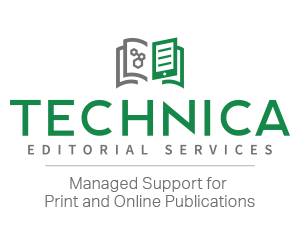It’s a problem that publishers don’t want to face but, unfortunately, often have to: a steadily declining number of submissions to their journal. At first glance, the reason for the decline may not be obvious, but doing a thorough audit of the journal can turn up several possible explanations, which can lead to potential solutions. If you encounter a decline, here are four ways to address it:
- Evaluate your online submission system. If the submission system is hard to use, authors may be more inclined to submit to journals that have an intuitive, well-designed interface. If you are not familiar with the process required to submit a manuscript to your journal, it’s a good idea to go through the process yourself so you can identify any potential pain points that might be frustrating to authors and work with your IT team or the submission platform support team to resolve them.
- Review your admin checklist. If manuscripts are being repeatedly sent back to authors to correct technical issues or formatting requirements before the manuscript even makes it to the peer review stage, authors may grow frustrated and decide to submit their manuscript to another journal that has a more streamlined admin checklist. For many journals, implementing a checklist in which only the key elements of a manuscript (those that are necessary for the editors and reviewers to evaluate it) are required at first submission provides a more positive author experience, while also decreasing the time spent on each manuscript. Non-essential formatting changes can be requested at revision.
- Consider creating a special issue. Special issues centered around a timely topic, or in honor of a key discovery or important scholar in the field, are a great way to boost submissions. Inviting authors to submit to the special issue increases awareness of the journal, and if those authors have a great experience, they are more likely to submit their manuscripts to the journal in the future. The same goes for a special issue that focuses on early career scholars. This can allow your journal to tap into a new set of authors, and ensuring that these authors have a positive experience increases the chances that they will continue to submit to the journal as they progress in their field.
- Explore the possibility of implementing a transfer workflow. If your journal is part of a portfolio of journals or a larger journal society, a transfer workflow can help keep manuscript submissions “in the family,” so to speak. Authors are more likely to submit to a journal if the manuscript information and files transfer automatically with a push of a button.
Watching the submissions to your journal drop month after month can be discouraging, but don’t despair! With a thorough investigation of the author experience as well as a willingness to explore new workflows both in your journal and your portfolio, it’s a trend that can be reversed.
Have you encountered this problem? What are ways that you’ve increased submissions to your journal? We’d love to hear about your experience. Please leave a comment in the section below!




